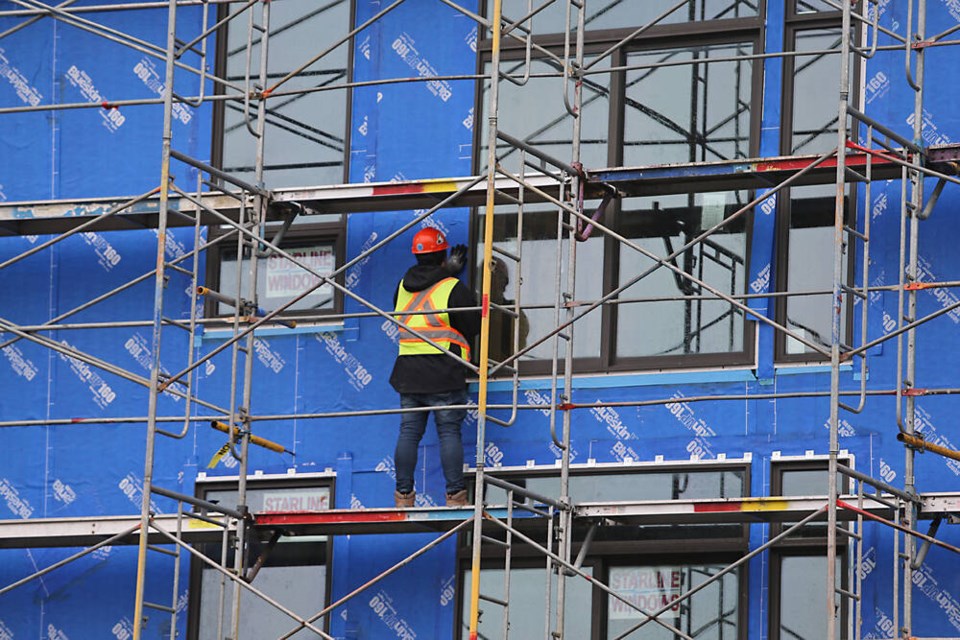A commentary by the business manager and financial secretary of the International Brotherhood of Electrical Workers on Vancouver Island.
Re: “B.C. needs a real community benefits plan,” commentary, March 15.
The commentary on Community Benefits Agreements (CBAs) from religious think-tank Cardus plays loose with the facts and is misleading to your readership.
The commentary exhibits either a fundamental misunderstanding of what CBAs are, or wilfully misrepresents them.
It is not correct that non-union workers are “simply left out” of projects built under CBAs. This is untrue. Any worker, union or non-union, can be hired onto a CBA project.
Once they are hired, they have 30 days to sign a card and join their associated craft union. This requirement does not stop anyone from getting their foot in the door.
As with all construction projects in B.C. and across Canada, contractors are required to bid in a competitive procurement process, and not every contractor that bids on a project will be successful in acquiring the work. That’s the reality of how the construction industry works.
The commentary incorrectly states that the CBA program has “failed to meet its stated objectives.”
CBA objectives include utilizing major public infrastructure projects to increase opportunities for apprentices and grow the construction workforce, and to prioritize hiring for Indigenous peoples, women and local workers.
According to B.C. Infrastructure Benefits Inc., the Crown corporation that administers these projects, the CBA workforce on the Broadway Subway project is 18 per cent Indigenous, 13 per cent female, and 93 per cent local, and six per cent of workers are apprentices.
On the Pattullo Bridge replacement project, 12 per cent of workers are Indigenous, 10 per cent are female, 96 per cent are local and nine per cent are apprentices. These worker ratios far outperform provincial demographics and industry averages, which are numbers.
The Cowichan Hospital project is creating real and meaningful opportunities for Indigenous workers. Father and son plumbers from the Cowichan Tribes are already working on the project.
Neither was a member of a union, but they were the first plumbers on site because of the CBA.
For years, the International Brotherhood of Electrical Workers Local 230 has been recruiting, training, and placing members of the Cowichan Tribes onto projects like the Cowichan Secondary School and the new Duncan RCMP station.
Because of this preparation, Cowichan Tribes electricians were also some of the first electricians to work on the Cowichan Hospital Project.
These are just two examples of many where Indigenous folks and other local workers are benefiting from the Community Benefits Agreement approach for B.C.’s infrastructure.
The commentary is correct in saying that “the concept behind CBAs is good.”
When government spends billions of dollars on infrastructure, those dollars should benefit folks who live in the community. Those dollars should empower underrepresented groups to become highly skilled tradespeople.
Those dollars should result in the best infrastructure, built by the most highly skilled tradespeople this province has to offer. And that’s just what CBAs are doing.
>>> To comment on this article, write a letter to the editor: [email protected]



